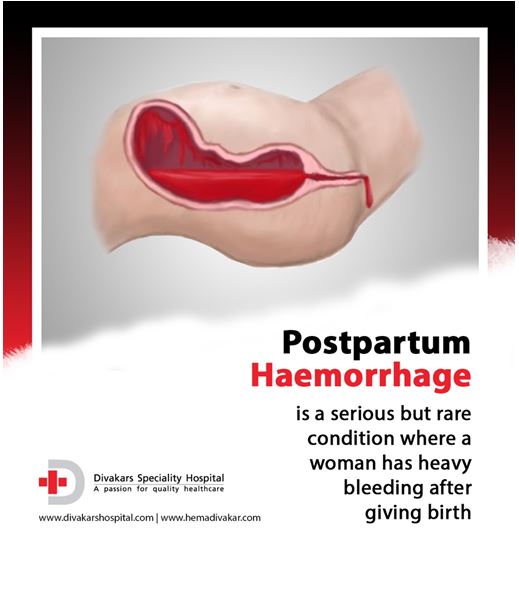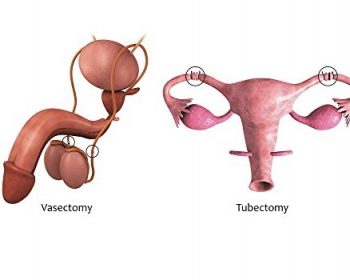
Bleeding at birth…What is Postpartum Hemorrhage?
Death due to pregnancy is an important cause of premature mortality of women across the globe in developed as well as in developing countries. Postpartum haemorrhage also called PPH is when a woman has heavy bleeding after giving birth. It’s a serious but a preventable condition. It usually happens within few minutes after the birth of the baby , or in the next 48 hours. About 1 to 5 in 100 women who have a baby (1 to 5 percent) have PPH.
Most postpartum haemorrhage occurs right after delivery, but it can occur later as well. Late or secondary postpartum haemorrhage can happen up to 12 weeks after having a baby. The average amount of blood loss after the birth of a single baby in vaginal delivery is about 500 ml (or about a half of a quart). Any loss in excess of this qualifies to be called as Post partum Haemmorrgae
Postpartum haemorrhage is a concern because excessive and rapid blood loss can cause a severe drop in the mother’s blood pressure and may lead to shock and death if not treated on an emergency basis. Once a baby is delivered, the uterus normally continues to contract and expels the placenta. After the placenta is delivered, these contractions help compress the bleeding vessels in the area where the placenta was attached. If the uterus does not contract strongly enough, called uterine atony, these blood vessels bleed freely and haemorrhage occurs. This is the most common cause of postpartum haemorrhage. Bleeding is also likely if small pieces of the placenta remain attached. Some other conditions that may increase the risk for postpartum haemorrhage can include; Placental abruption, placenta previa, excessive enlargement of the uterus because of a big baby, multiple pregnancy, gestational hypertension or preeclampsia, prolonged labor, multiple previous births, infection, obesity, medications to induce labor or stop contractions, use of forceps or vacuum-assisted delivery, general anaesthesia, tear in the cervix or vaginal tissues or uterine blood vessel, blood clotting disorders, such as disseminated intravascular coagulation, placenta accreta, placenta increta or placenta percreta conditions.
Every woman experiences postpartum haemorrhage symptoms differently. Symptoms include uncontrolled bleeding, decreased blood pressure, increased heart rate, decrease in the red blood cell count (hematocrit). If bleeding is due to trauma or injury during childbirth, swelling and pain in tissues in the vaginal and perineal area occur because of HAEMATOMA
The doctor makes a Postpartum diagnosis based on symptoms, with laboratory tests that may include: estimation of blood loss (this may be done by counting the number of saturated pads, or by weighing of packs and sponges used to absorb blood; 1 milliliter of blood weighs approximately one gram), pulse rate and blood pressure measurement, hematocrit (red blood cell count) or clotting factors in the blood.
Postpartum haemorrhage can be quite serious. It is very important to save lives by timely action by skilled healthcare providers who are attending to the women at delivery
Early recognition of excess bleeding after birth, quickly detecting and treating the cause of bleeding can often lead to a full recovery.Treatment for postpartum haemorrhage may include; medication or manual massage to stimulate uterine contractions, removal of placental pieces that remain in the uterus, using a Foley catheter to compress the bleeding inside the uterus, tying-off of bleeding blood vessels using uterine compression sutures. In the more serious cases a laparotomy surgery may be needed to open the abdomen to find the cause of the bleeding or even the surgical removal of the uterus via a hysterectomy. Replacing lost blood and fluids is important in treating postpartum haemorrhage. Intravenous (IV) fluids, blood, and blood products will be given rapidly to prevent shock along with oxygen by a mask.
For video consultation or for 2nd opinion regarding high risk pregnancies, you can book appointment through Divakar’s Hospital app which can be downloaded from Google Play Store or IOS







